Home>Furniture & Design>Office Furniture>How To Fix An Office Chair Leaning To One Side
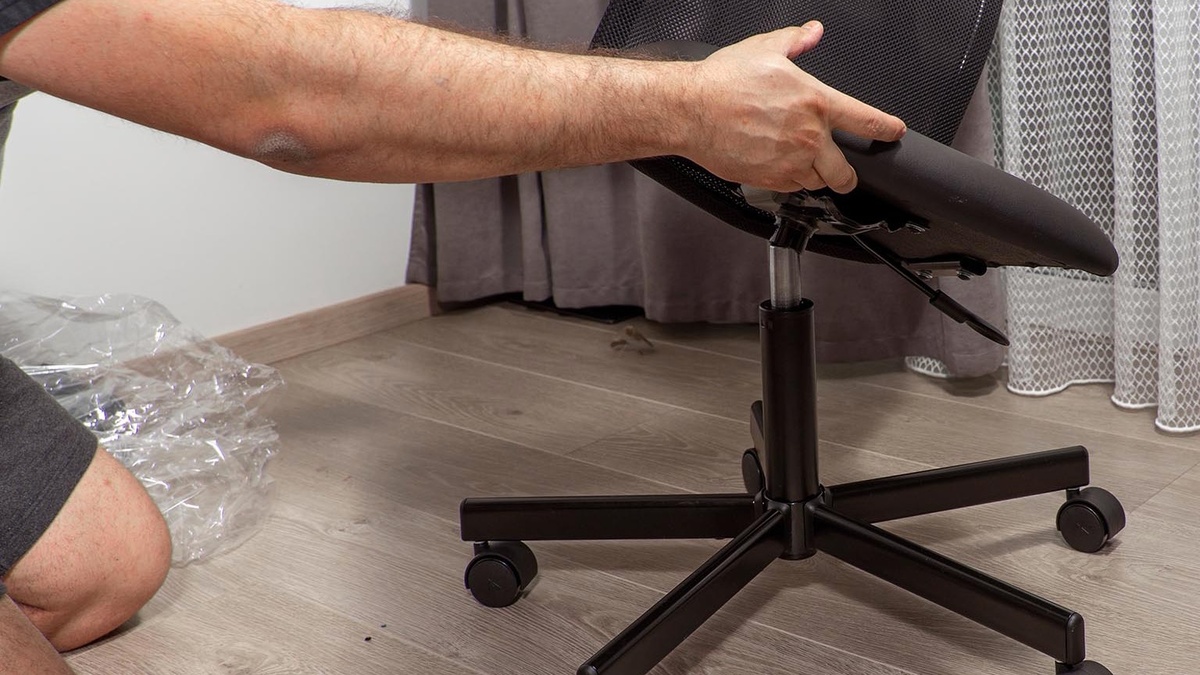

Office Furniture
How To Fix An Office Chair Leaning To One Side
Published: January 11, 2024
Learn how to fix an office chair that's leaning to one side with our expert tips and solutions. Get your office furniture back in balance today!
(Many of the links in this article redirect to a specific reviewed product. Your purchase of these products through affiliate links helps to generate commission for Storables.com, at no extra cost. Learn more)
Introduction
Welcome to the world of office chairs, where comfort and functionality are paramount. An office chair is not just a piece of furniture; it's an essential tool that directly impacts productivity and well-being in the workplace. However, like any other equipment, office chairs may encounter issues over time. One common problem that many individuals face is an office chair leaning to one side. This issue can not only hinder your comfort but also lead to discomfort and potential posture problems.
In this comprehensive guide, we will delve into the various factors that may cause an office chair to lean to one side and explore practical solutions to rectify this issue. Whether you are a seasoned office furniture aficionado or a novice in the realm of chair troubleshooting, this article will equip you with the knowledge and techniques to address the leaning chair dilemma effectively.
So, if you've ever found yourself tilting to one side while trying to maintain your focus at work, fear not! By the end of this guide, you will be well-versed in identifying the root cause of the problem and implementing the necessary adjustments or repairs to restore your office chair to its upright, balanced state. Let's embark on this journey to reclaim the equilibrium of your trusty office companion.
Key Takeaways:
- Regular maintenance and care, such as adjusting the chair height and inspecting the base, can help fix a leaning office chair and ensure a comfortable and balanced sitting experience.
- If your office chair continues to lean, consider professional assistance to address complex mechanical issues and restore its stability, promoting a secure and comfortable workspace.
Read more: How To Fix A Recliner That Leans To One Side
Identifying the Issue
Before delving into the solutions, it’s crucial to identify the underlying cause of your office chair leaning to one side. Several factors can contribute to this imbalance, ranging from simple adjustments to more complex mechanical issues.
Firstly, check the chair’s overall condition. Inspect the seat, backrest, and armrests for any visible signs of wear and tear, such as frayed upholstery, loose screws, or damaged padding. Additionally, ensure that the chair’s wheels or casters are intact and functioning smoothly. Any irregularities in these components could potentially lead to an uneven distribution of weight, causing the chair to lean to one side.
Next, consider the chair’s height adjustment mechanism. If the chair features a pneumatic cylinder for height adjustment, it’s essential to assess whether it is functioning correctly. A faulty or worn-out cylinder can result in an uneven seating surface, leading to a tilted posture.
Furthermore, examine the chair’s base and swivel mechanism. A loose or damaged base can significantly impact the chair’s stability, causing it to lean to one side. Similarly, a malfunctioning swivel mechanism can lead to an unbalanced sitting experience.
It’s also important to take into account the chair’s overall usage and maintenance. Over time, accumulated dust, debris, or lack of lubrication can hinder the chair’s smooth operation, potentially contributing to a leaning posture.
By carefully assessing these factors, you can pinpoint the specific issue causing your office chair to lean to one side. Once you have identified the root cause, you can proceed to implement targeted solutions to rectify the imbalance and restore your chair to its optimal functionality.
Adjusting the Chair Height
One of the primary factors that can lead to an office chair leaning to one side is an improper or malfunctioning height adjustment mechanism. If your chair is equipped with a pneumatic cylinder for height adjustment, addressing this component can often resolve the imbalance.
To begin, ensure that the chair is on a flat, even surface to facilitate accurate adjustments. Start by locating the height adjustment lever or knob, typically positioned beneath the seat. Depending on the chair model, this mechanism may feature a lever that you can pull or a knob that you can twist to adjust the height.
First, raise the chair to its maximum height, then gradually lower it to your preferred seating position. As you lower the chair, pay close attention to any resistance or uneven movement. If you notice that the chair tilts to one side during the height adjustment process, it is indicative of a potential issue with the pneumatic cylinder.
If the chair continues to lean to one side after adjusting the height, consider the following steps:
- Inspect the pneumatic cylinder for visible signs of damage, such as leaks or dents. A compromised cylinder may be unable to maintain consistent pressure, leading to an uneven seating surface.
- If the cylinder appears intact, apply a silicone-based lubricant to the moving parts of the height adjustment mechanism. Over time, friction and debris can impede smooth operation, resulting in an unbalanced chair posture.
- If the issue persists, consider contacting the manufacturer or a professional chair repair service to assess and potentially replace the pneumatic cylinder.
By addressing the chair’s height adjustment mechanism, you can often rectify the leaning issue and restore the chair to a stable, upright position, enhancing your comfort and overall sitting experience.
Checking the Chair Base
The chair base plays a pivotal role in maintaining stability and balance. A compromised or damaged base can result in an uneven sitting experience, causing the chair to lean to one side. To address this potential issue, it’s essential to thoroughly inspect the chair base and its components.
Begin by carefully turning the chair upside down to gain a clear view of the base. Examine the following elements to identify any irregularities:
- Wheel or Caster Alignment: Check the alignment and condition of the chair’s wheels or casters. Ensure that all wheels are securely attached and free from obstructions. Misaligned or damaged wheels can lead to an uneven distribution of weight, causing the chair to tilt to one side.
- Base Fastenings: Inspect the fastenings that secure the base to the chair’s central column or gas lift. Loose or damaged fastenings can compromise the stability of the base, resulting in an unbalanced sitting position.
- Swivel Mechanism: Assess the swivel mechanism for smooth operation. A malfunctioning swivel mechanism can contribute to an unstable sitting experience, potentially causing the chair to lean to one side during use.
If you identify any issues during the inspection, consider the following steps to address them:
- Tighten any loose fastenings using the appropriate tools, ensuring that the base is securely attached to the chair’s central column.
- If the wheels or casters show signs of wear or misalignment, consider replacing them with compatible replacements to ensure smooth movement and weight distribution.
- Apply a small amount of lubricant to the swivel mechanism to facilitate smooth rotation and minimize friction that may contribute to an unbalanced sitting posture.
By meticulously examining and addressing any irregularities in the chair base, you can significantly enhance the stability and balance of the chair, effectively mitigating the leaning issue and promoting a more comfortable and secure sitting experience.
Check the chair’s base and wheels for any damage or obstruction. If everything looks good, try adjusting the seat height and backrest to see if that helps balance the chair. If the problem persists, consider replacing the chair’s gas lift or contacting a professional for further assistance.
Replacing the Chair Base
If thorough inspection reveals significant damage or irreparable issues with the chair base, replacing the base may be the most effective solution to rectify the leaning problem and restore the chair’s stability. While replacing the chair base requires careful attention to detail, it can be a feasible and worthwhile endeavor to prolong the lifespan and functionality of your office chair.
Before proceeding with the replacement, consider the following steps:
- Identifying Compatibility: Ensure that the replacement base is compatible with your specific chair model. Check the manufacturer’s guidelines or contact customer support to obtain information on suitable replacement bases.
- Gathering Tools: Assemble the necessary tools, including screwdrivers, wrenches, and any specialized equipment required for detaching and attaching the chair base.
- Preparing the Workspace: Select a well-lit and spacious area to perform the replacement, allowing ample room to maneuver and access the underside of the chair.
Once you have prepared for the replacement process, follow these general steps to replace the chair base:
- Disassembling the Existing Base: Carefully flip the chair upside down to access the base. Using the appropriate tools, detach the existing base from the chair’s central column or gas lift. Take note of the arrangement of components and fastenings for reference during the reassembly process.
- Attaching the New Base: Align the replacement base with the chair’s central column and fasten it securely using the provided hardware. Ensure that all connections are tight and stable to maintain the chair’s stability and balance.
- Testing and Adjusting: Once the new base is installed, carefully flip the chair upright and test its stability on a flat surface. Sit in the chair and assess its balance and swivel functionality to confirm that the replacement base has resolved the leaning issue.
By meticulously following these steps and exercising caution throughout the replacement process, you can effectively address the leaning problem and rejuvenate your office chair with a new, sturdy base, ensuring a more secure and balanced sitting experience.
Fixing the Chair Mechanism
When addressing an office chair that leans to one side, it’s essential to consider the internal mechanisms that govern its functionality. The chair mechanism, encompassing the tilt, swivel, and recline features, plays a crucial role in maintaining balance and stability during use. If the leaning issue persists despite inspecting and adjusting other components, the chair mechanism may require targeted attention to rectify the imbalance.
To effectively address the chair mechanism, consider the following steps:
- Identifying the Specific Issue: Assess the nature of the imbalance and any accompanying symptoms, such as resistance during swiveling, uneven tilting, or instability when reclining. Understanding the specific manifestations of the problem can guide your troubleshooting efforts.
- Lubrication and Maintenance: Apply a silicone-based lubricant to the pivotal points and moving components of the chair mechanism. Over time, friction and wear can impede smooth operation, leading to an unbalanced sitting experience. Regular maintenance and lubrication can enhance the functionality and longevity of the mechanism.
- Inspecting Tilt and Recline Mechanisms: If your chair features adjustable tilt and recline functions, carefully examine the corresponding mechanisms for any signs of damage, misalignment, or obstruction. Tighten loose components and ensure that the tilt tension adjustment is set to your preferred level of resistance.
- Professional Assessment: If the leaning issue persists despite your efforts, consider seeking professional assistance from a chair repair specialist or the manufacturer’s authorized service provider. A professional assessment can provide insights into complex mechanical issues and facilitate targeted repairs.
By addressing the internal mechanisms of the chair with precision and care, you can effectively mitigate the leaning problem and restore the chair’s balance and functionality, ensuring a more comfortable and secure sitting experience for prolonged periods of use.
Conclusion
Congratulations on embarking on the journey to address the leaning issue with your office chair. By navigating through the intricacies of chair mechanics and components, you have taken a proactive step toward reclaiming the balance and stability of your trusty office companion. As you conclude this troubleshooting endeavor, it’s essential to reflect on the key insights and actionable steps that can guide you in maintaining an optimal sitting experience.
First and foremost, the process of identifying and rectifying the issue of an office chair leaning to one side underscores the significance of regular maintenance and attentive care for office furniture. By staying attuned to the condition of your chair and promptly addressing any signs of imbalance or instability, you can prolong its lifespan and preserve its functionality for years to come.
Furthermore, the solutions presented in this guide, encompassing adjustments to the chair height, thorough inspection of the chair base, potential replacement of the base, and targeted attention to the chair mechanism, exemplify the multifaceted approach to troubleshooting and resolving complex issues. Each step serves as a testament to the meticulous care and consideration required to restore a leaning chair to its optimal state.
As you integrate these insights into your chair maintenance routine, remember the value of preventive measures and proactive intervention. Regularly assess the condition of your office chair, address any signs of wear or malfunction promptly, and prioritize the comfort and well-being of your workspace.
Ultimately, the journey to fix an office chair leaning to one side encapsulates the intersection of practical problem-solving and the preservation of ergonomic comfort. By leveraging the knowledge and techniques outlined in this guide, you have empowered yourself to navigate the nuances of chair maintenance and uphold a conducive and supportive environment for your professional endeavors.
As you bid adieu to the leaning chair dilemma, may your workspace be imbued with equilibrium, comfort, and the seamless functionality of a well-maintained office chair.
Frequently Asked Questions about How To Fix An Office Chair Leaning To One Side
Was this page helpful?
At Storables.com, we guarantee accurate and reliable information. Our content, validated by Expert Board Contributors, is crafted following stringent Editorial Policies. We're committed to providing you with well-researched, expert-backed insights for all your informational needs.
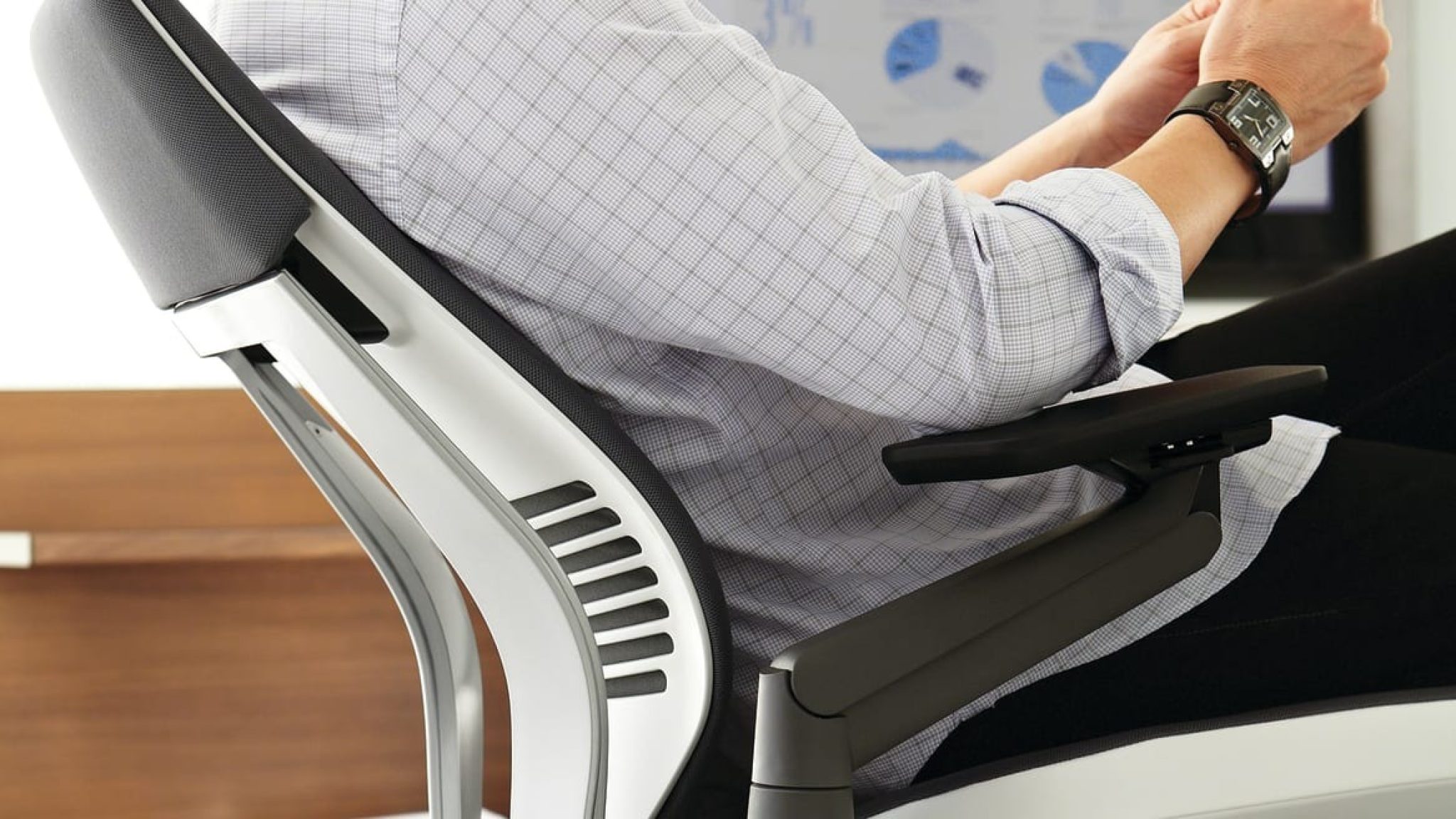
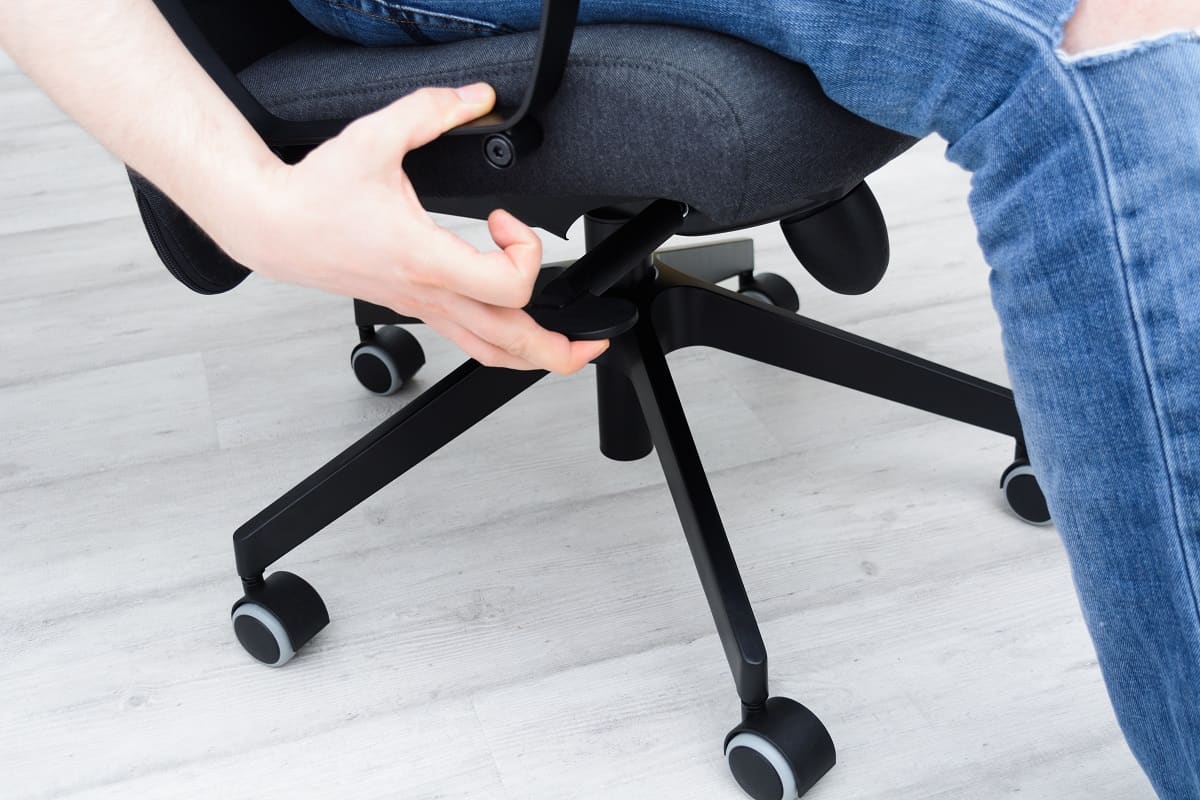
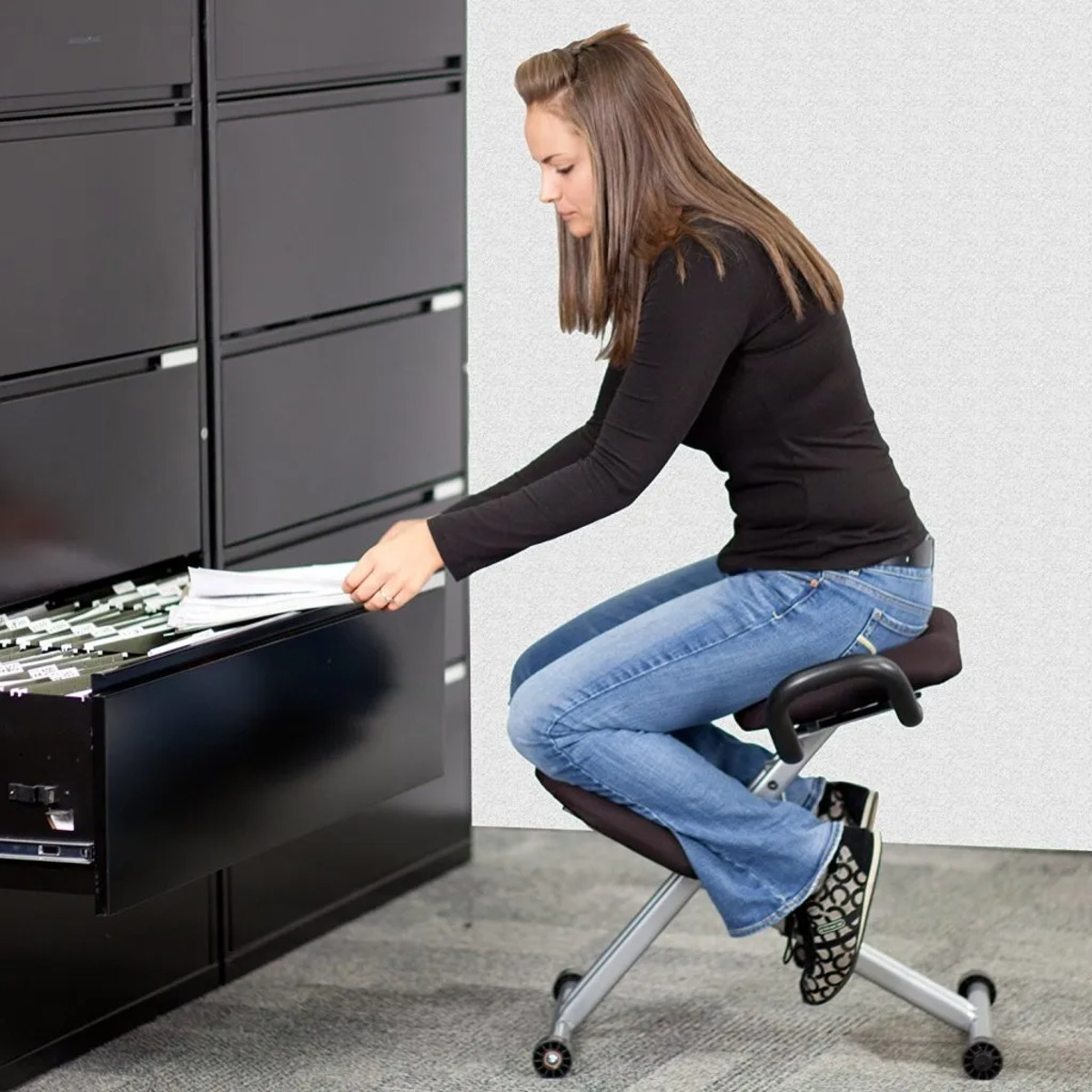
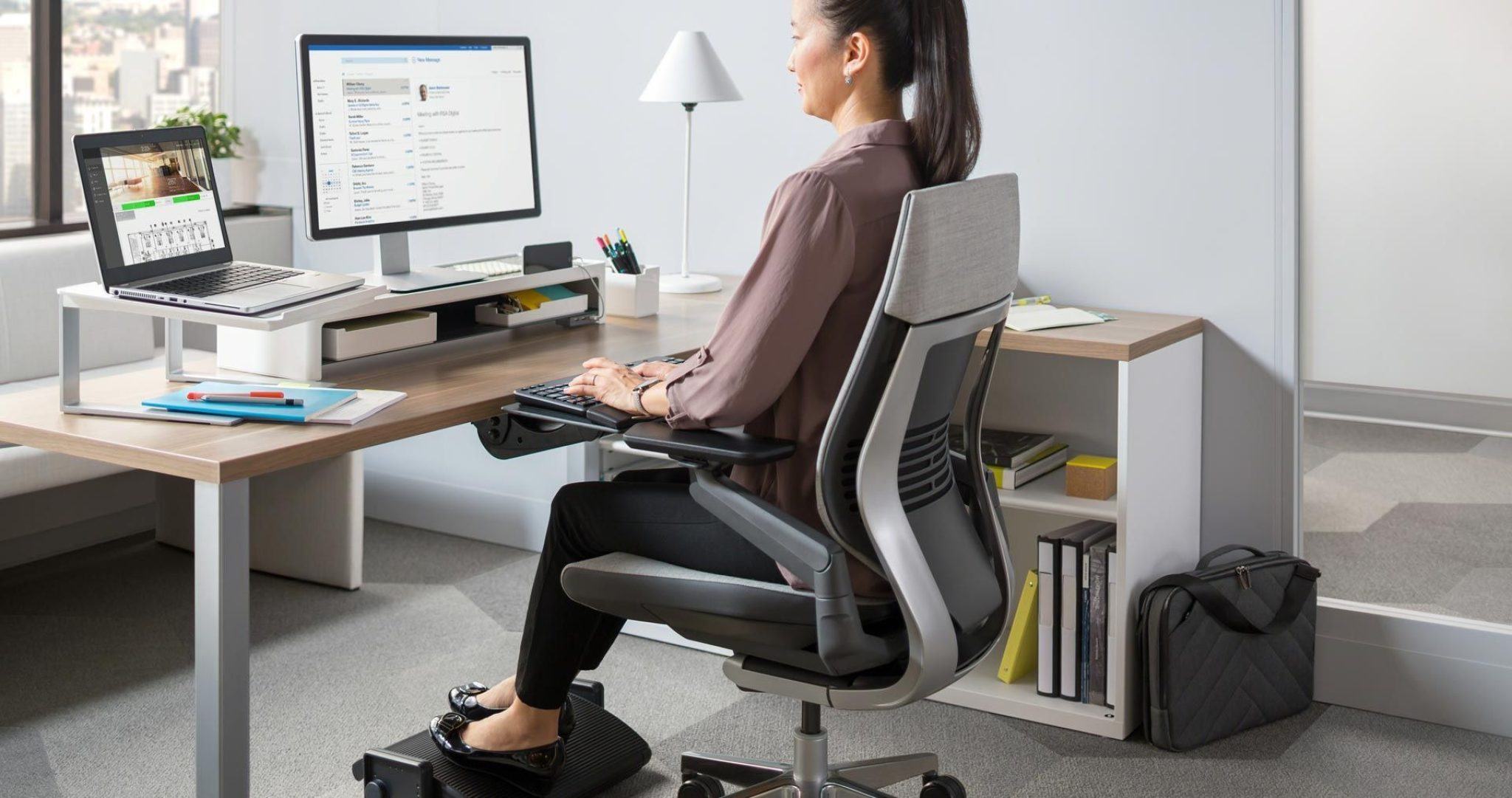
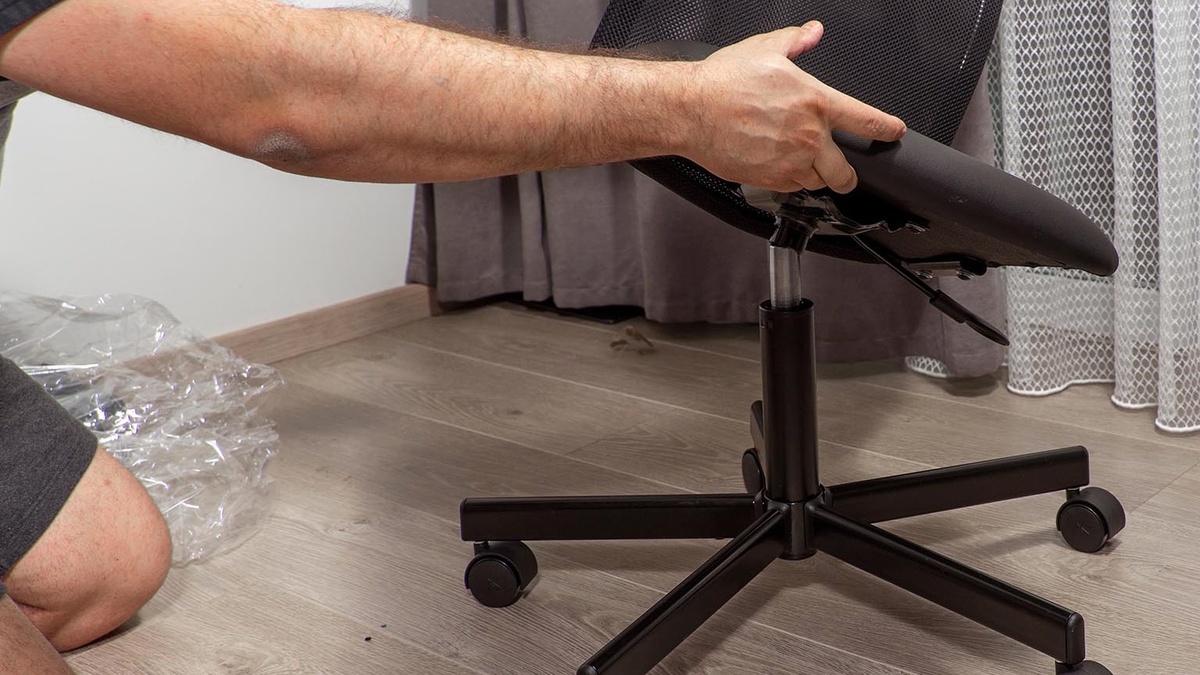
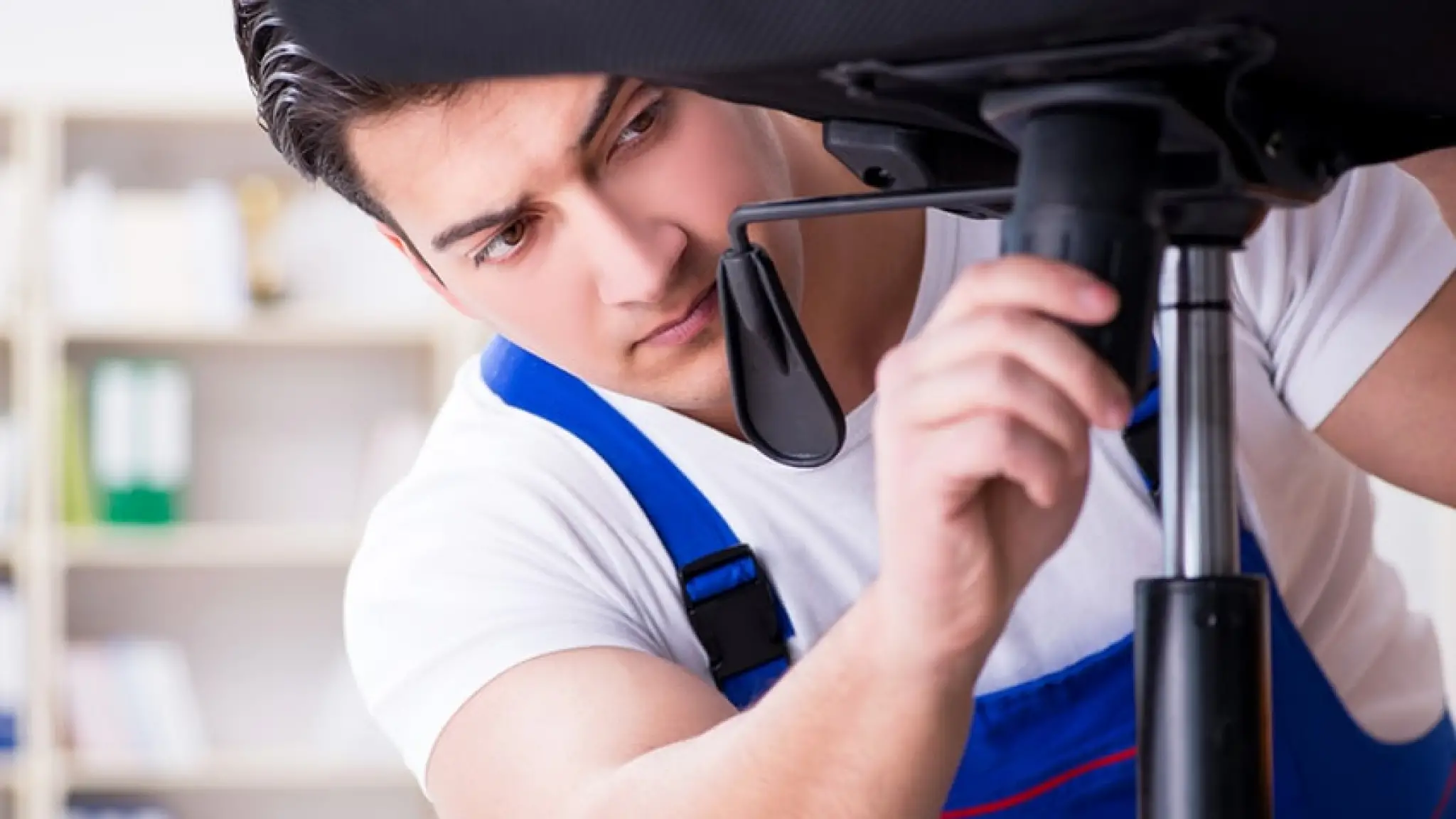
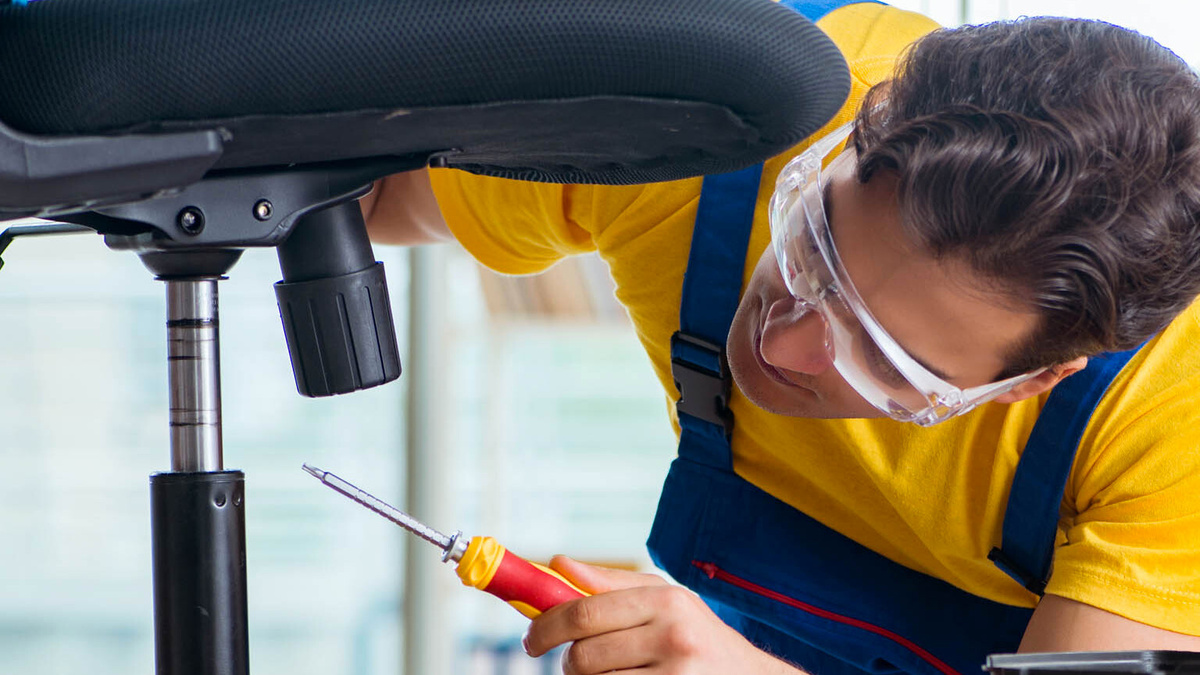
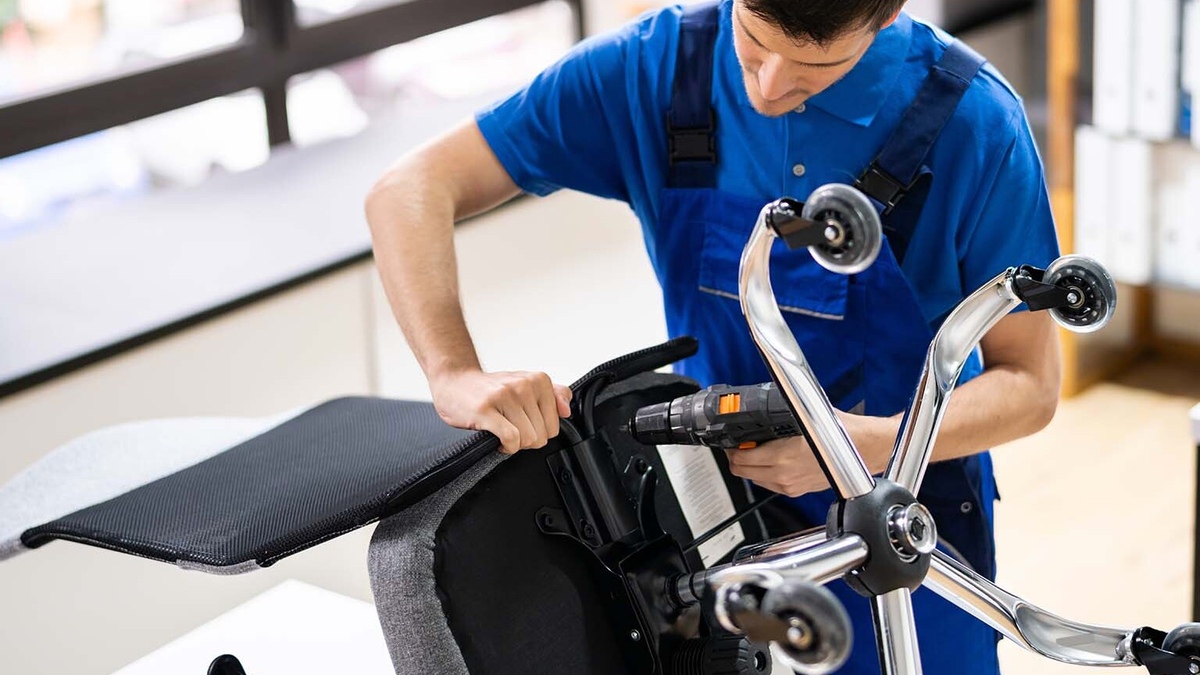
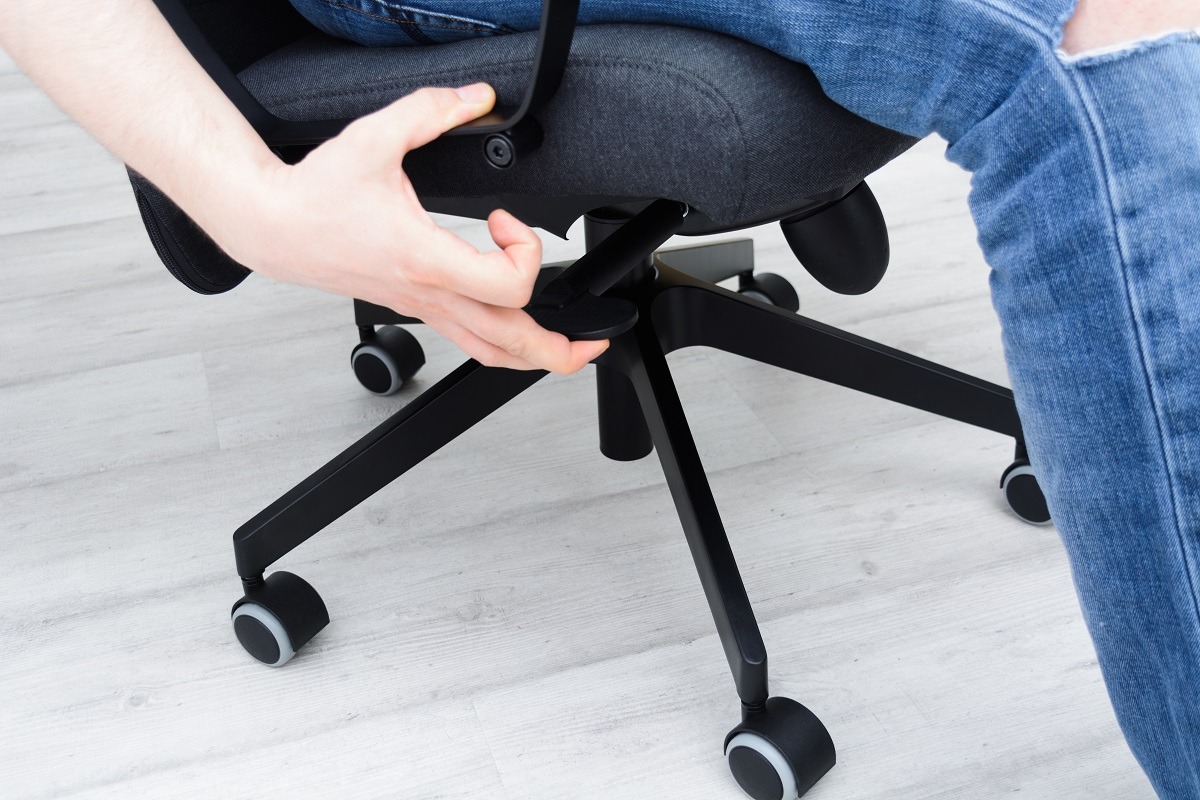
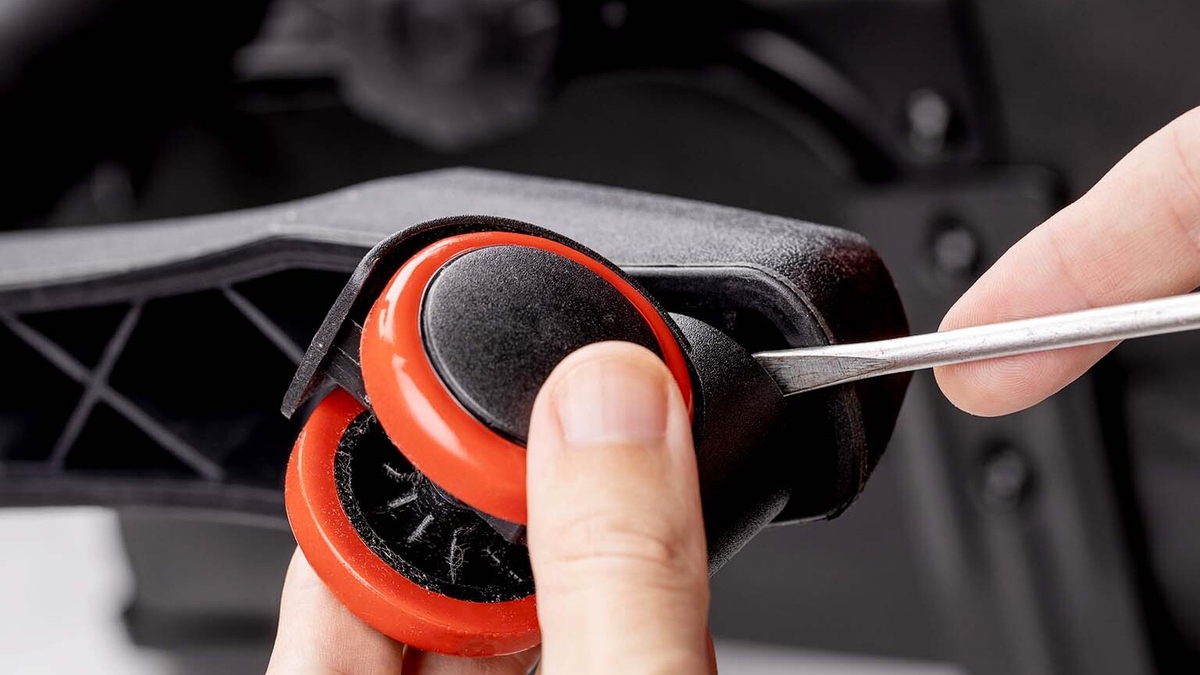
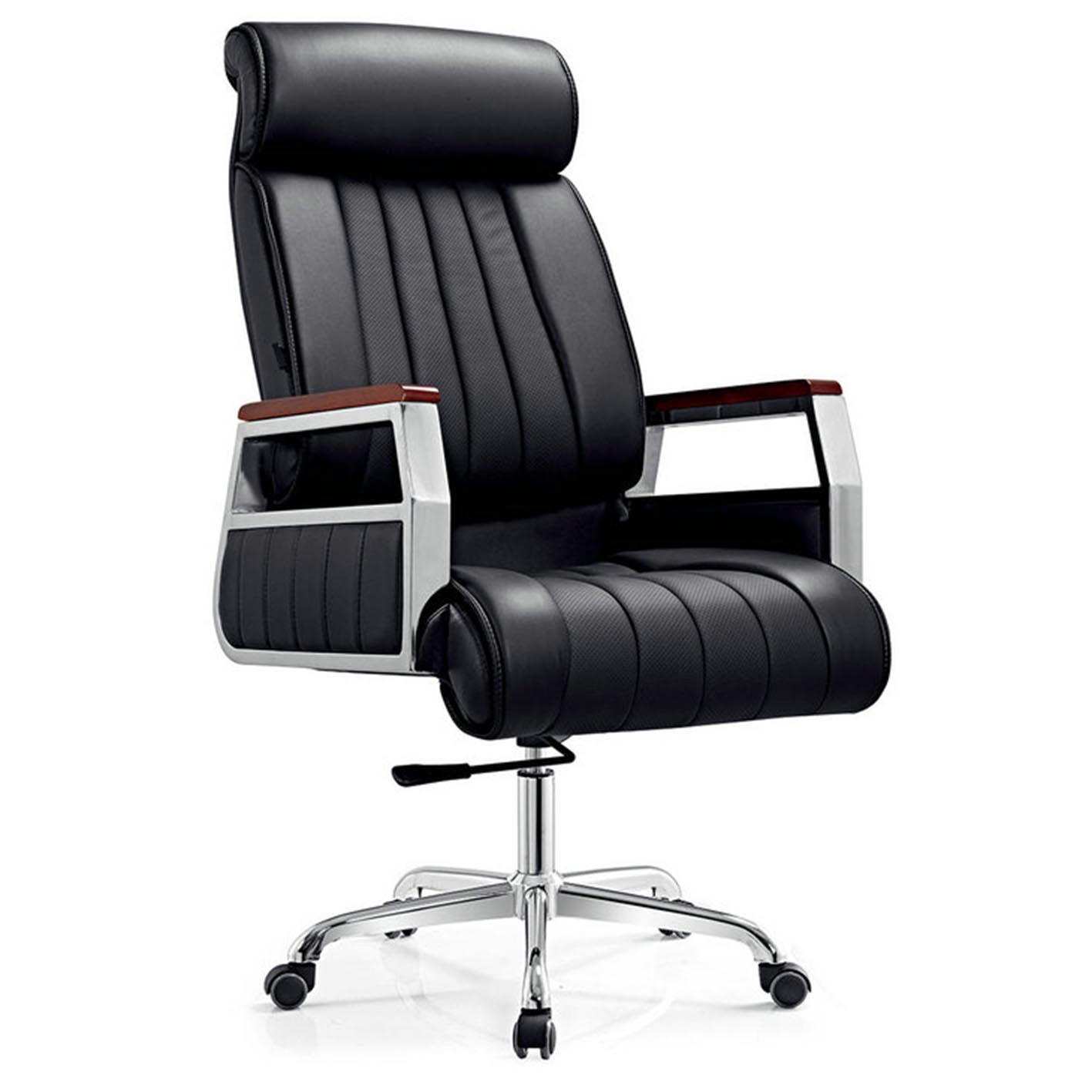
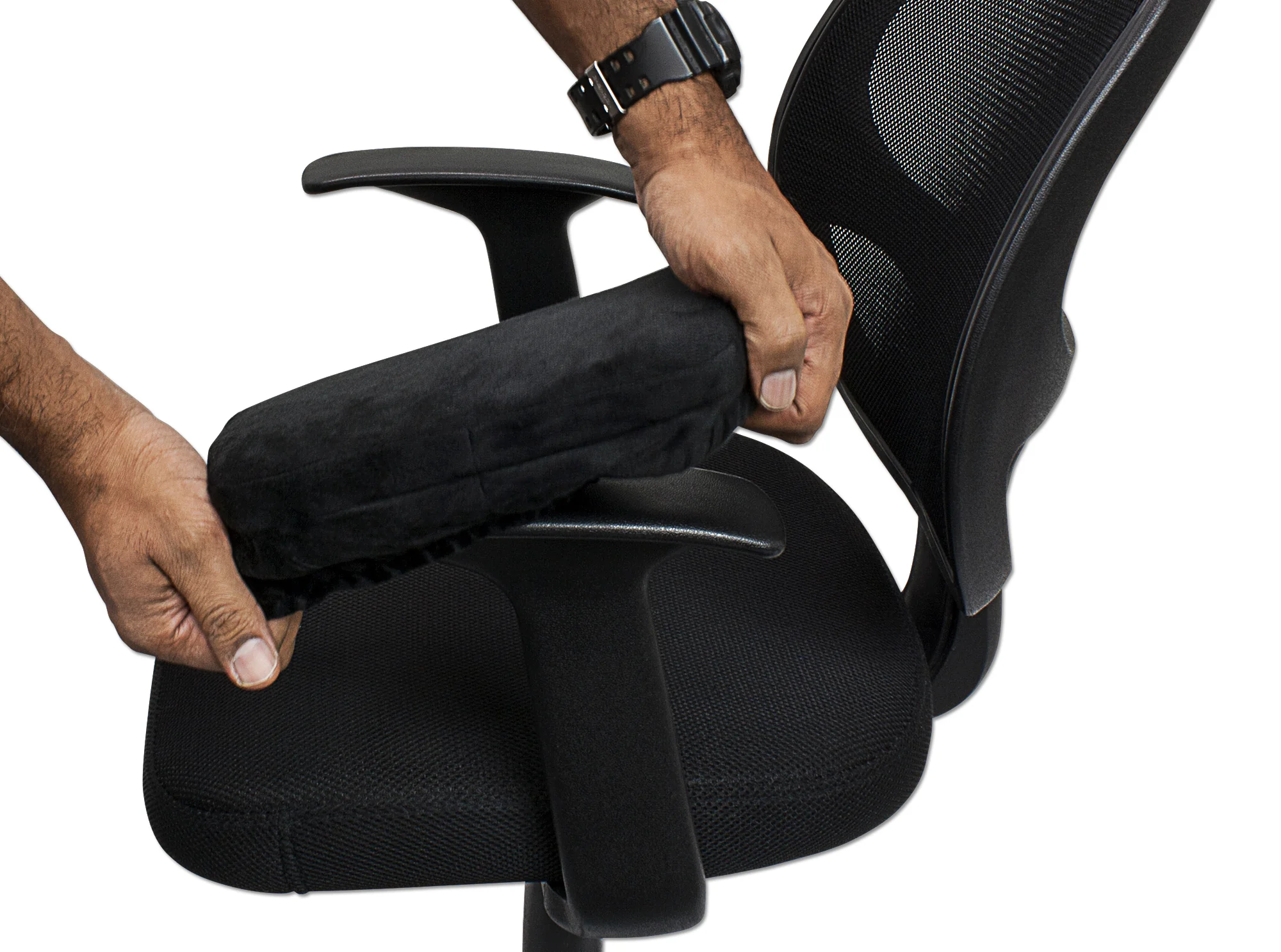
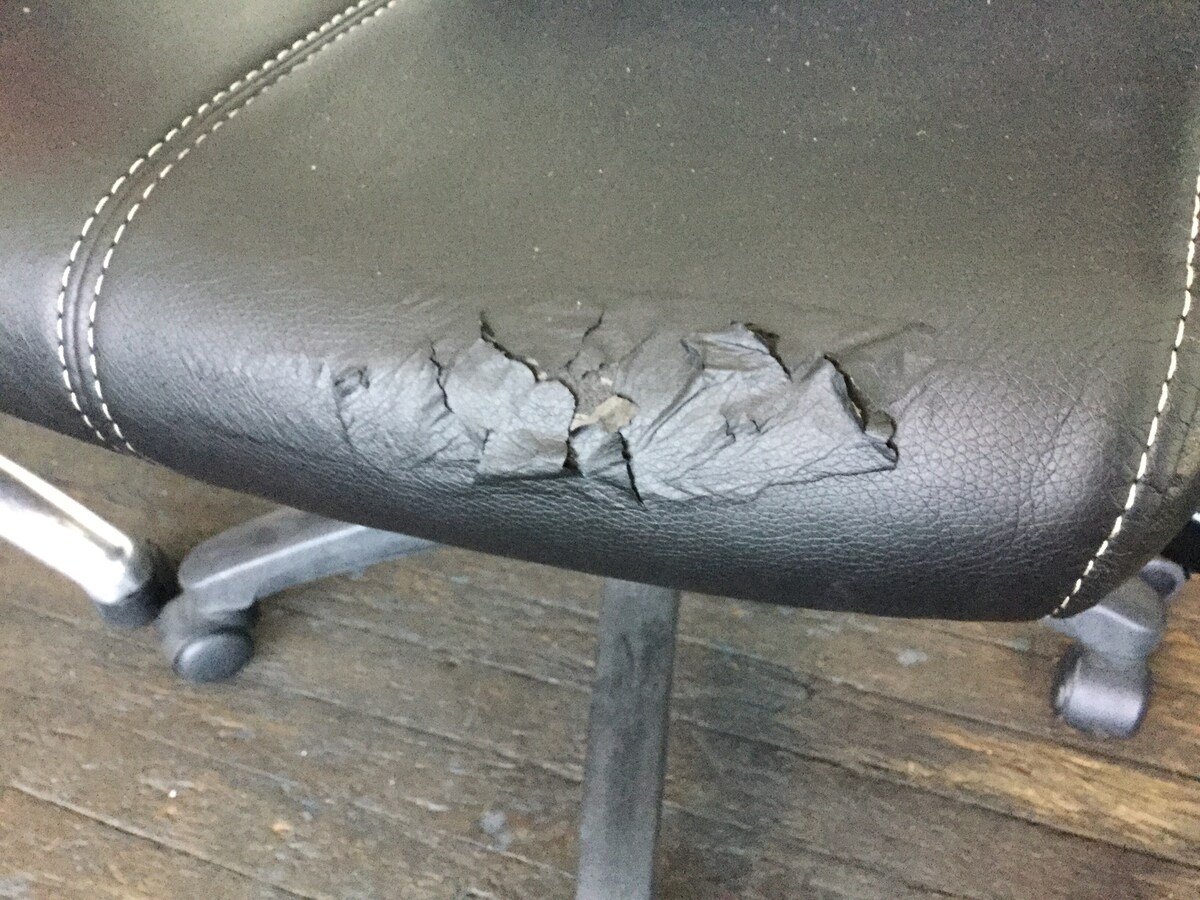
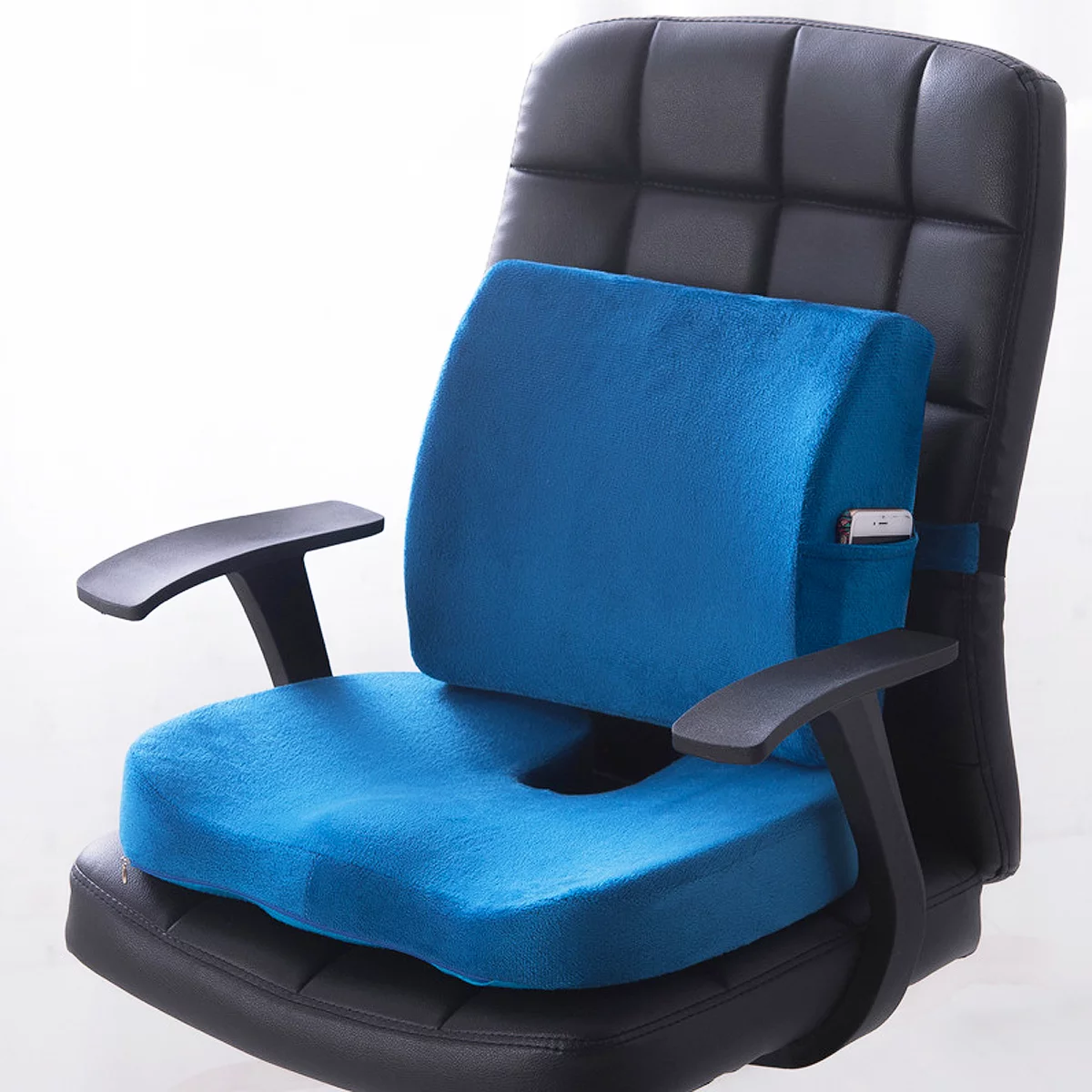

0 thoughts on “How To Fix An Office Chair Leaning To One Side”